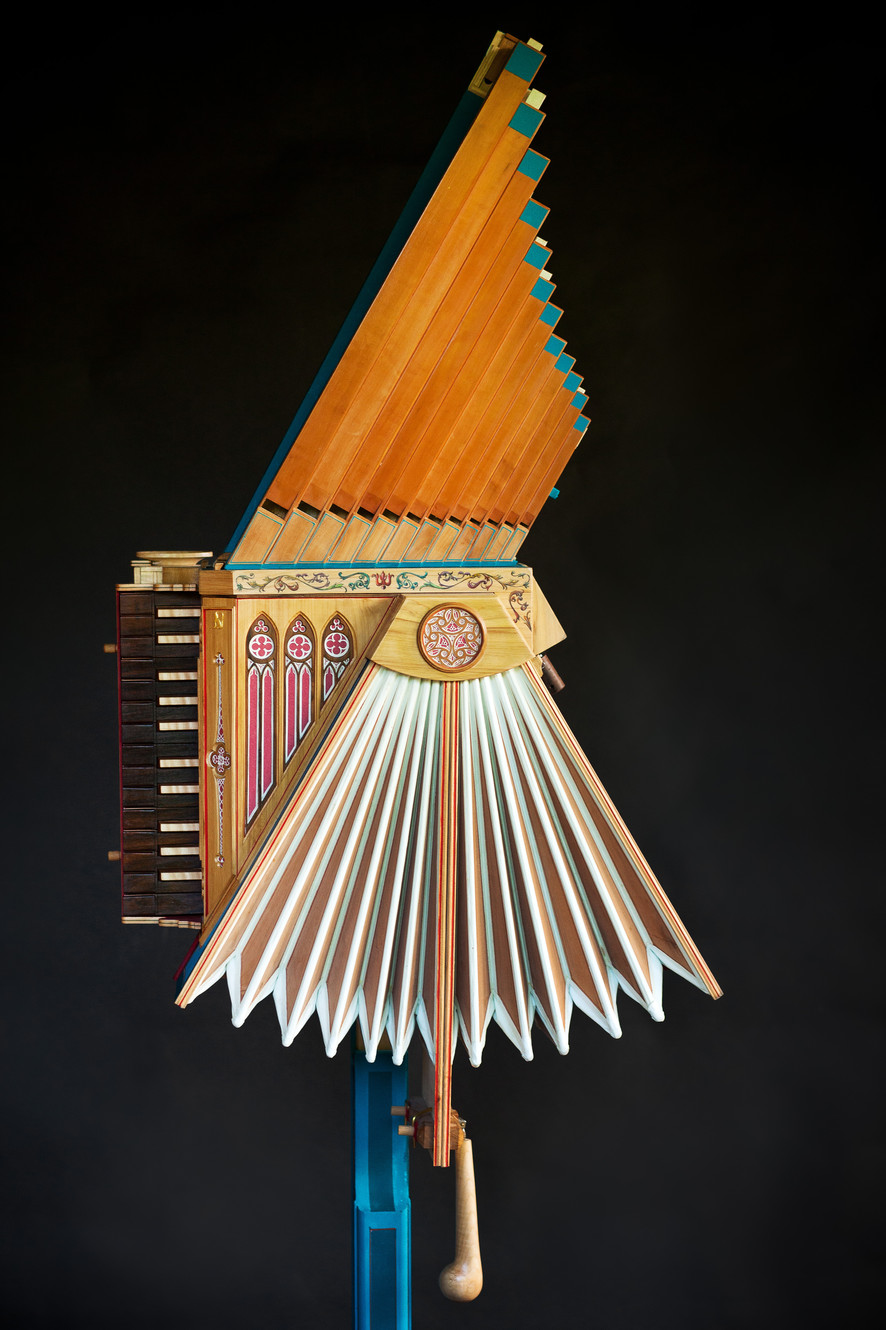I very much doubt that Tim would buy a Zonta with Kravtsov keyboard again, but if Victoria were to make them again he might feel better about it (not to buy one right away, but to know that there was an option should the Zonta need to be replaced some time in the future)....
So here's a question to everyone... Is the treble keyboard of the Kravtsov accordion an improvement over the Piano accordion?
Would anyone here buy a Kravtsov accordion if it were available from an Italian manufacturer?
He received the suggestion to switch to Kravtsov from one of his former teachers. He finished the conservatory on piano accordion, but later tried CBA (C-system) for a few years and never felt as comfortable on it as with piano accordion, so Kravtsov was the next thing to try. (And now he is stuck with it for quite some time because he just cannot keep buying new accordions (and had to sell a previous one to fund the Zonta.)
Personally I feel that Kravtsov does not offer enough of an advantage over piano accordion to make it worth it, even if there were more than one manufacturer. The Zonta is the same size as a regular full size bayan, but the Zonta offers just 52 notes (just a few more than large piano accordions) whereas a bayan offers 64 notes. (I believe Victoria only offered 46 or maybe 47 notes in their former Kravtsov offering.)
So really, even with an Italian manufacturer the possibilities of a Kravtsov accordion are pretty close to those of a PA, so you're still missing out on a larger range of notes a CBA offers.




